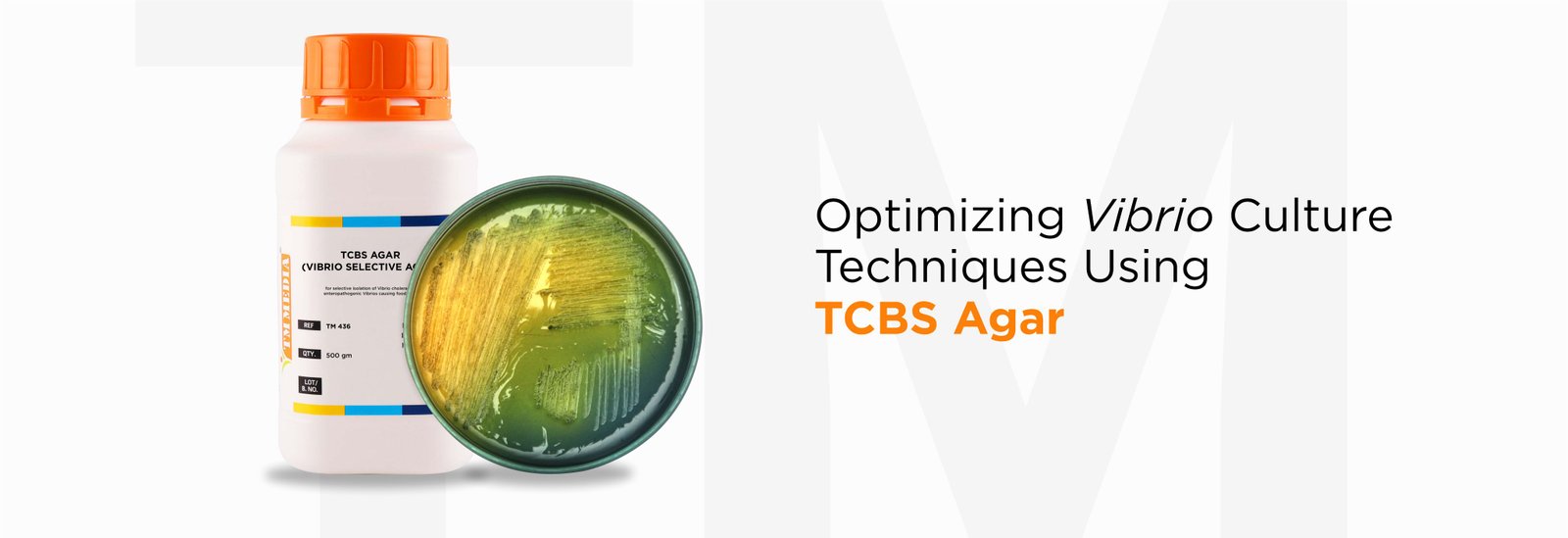

Let’s begin with the history first. During the 20th century, the dairy sector started to gain importance as the demand for milk and other dairy products increased with a rising population and changing diets. As decades crossed, the population also started becoming more aware about the beneficiary effects of milk and how nutritionally rich it was for the children, especially in their growing years. As a result, the dairy industry soon turned into a profitable business opportunity and a tool of socio-economic development for several countries around the world. According to the current scenario, global demand for diary is expected to increase by 2.5% per annum to 2020. The Indian dairy market has also reached a value of INR 9.168 billion in 2018 and by 2024, is expected to reach a value of INR 21,971 billion by 2014.
However, the path of dairy products from farm to fork is not an easy one as it has to go through several stages of sterilization before it is labelled as pathogen free. Microbial pathogens can be introduced into the product through anywhere. It may be from a contaminated source in the dairy farm environment or through excretion from the udder of infected animals. The dairy products are generally known to harbour a variety of microorganisms but the most reported pathogens that survives the pasteurization process are Campylobacter jejuni, Shiga toxin-producing Escherichia coli (STEC), Listeria monocytogenes, Salmonella spp. and Yersinia enterocolitica. Ingestion of such pathogenic strains can cause serious food poisoning outbreaks and several other illnesses like chronic gastritis, septicemia, meningitis, diarrhea-associated hemorrhagic colitis, hemolytic uremic syndrome (HUS) and thrombotic thrombocytopenic purpura. However, children being the primary consumer of milk are at a much greater risk of getting infected from drinking contaminated raw milk than adults. According to CDC, at least one child younger than 5 was found to be involved in 59% of the raw milk outbreaks from 2007 through 2012. Such outbreaks involved children aged 1-4 years, who were reported with Salmonella and STEC infection that could cause kidney failure and death if not treated properly.
With urbanization happening around the world, several dairy related outbreaks started rising in number and soon resulted in food regulation bodies like FSSAI and FAO to lay down some regulatory norms. These regulations ensure that the product reaches the consumer’s address, free of any contaminant. FSSAI has made it mandatory that every dairy plant must adapt a system called HACCP (Hazard Analysis Critical Control Point), which involves a critical examination of the entire food manufacturing process. HACCP helps in determining any possibility of physical, chemical, or microbiological contamination of the food which could render it unsafe or unacceptable for human consumption. Before releasing any product, all the dairy plants are also instructed to follow some strict rules that must be adhered to, such as practicing Good cow housing and grazing management, routine washing of milking equipments, disinfecting milk contact surfaces with either hot water (≥85oC initial temperature) alone or with a chemical disinfectant and performing Rapid platform test for every pasteurized milk batch. However, the products cannot always remain contamination free and it becomes economically unproductive for the industries to discard every contaminated batch. Therefore for such occasions, FSSAI has laid down certain microbial limit, which if met, can be taken as a green signal for releasing the products into the market. Different products have different limits set for them. For example, Pasteurized milk/Flavored milk will only reach the consumer if the aerobic microbial plate count comes within the range of 30×103– 50×103cfu/ml. While in case of pasteurized cream, the count should be within 50×103-70×103cfu/gm.
Now, let’s explore more and understand what happens if a product batch fails using milk as an example. Milk being one of the most demanded dairy items, is a highly perishable product with high spoilage potential that can result in rapid deterioration of its quality and safety. Therefore, it becomes very important for the dairy industries to ensure that the production procedure remains contamination free especially during the packaging process as this stage involves the maximum risk of contamination with more human involvement and food-packaging material coming into play. The packaging is advised to be done under controlled conditions which are maintained by carefully monitoring the physical factors and the manufacturing operations. The packaging area should also be validated in terms of sterility by performing Routine Environmental monitoring. EM using air samplers, settle plates and contact plates not only ensures sterility but also helps in finding any loopholes that may arise due to improper disinfection procedures. The food packaging material also plays a key role in determining if the product remains pathogen free as it comes in direct contact with the food item. It therefore becomes mandatory to inspect them for sterility before use to avoid using damaged, defective or contaminated packaging, which may ultimately lead to contamination. Routine check of the packaging material assures that no contaminated material reaches the packaging room.
But even after taking so many measures, some batches still fail to comply with the quality specification and are disposed off. However, to make sure that such incidents don’t happen again, quality control specialist try identifying the sources and pathogens that caused the failure with the help of microbial culture media. These media are specifically designed using customized formulations and helps in detecting and enumerating the microorganisms present in the suspected sample. Some of the most common and routinely used media are- Nutrient agar, Rogosa Agar, M17 Broth, MRS agar and PDA agar. But these traditional dehydrated forms have a major drawback in terms of time consumption and requirement for more manpower. Therefore to tackle such issues, scientist came up with a modified form of the media called the “Ready-to-use” version which not only helped in saving an enormous amount of time, previously required for preparation and sterilization but were also safer to use as they don’t require autoclaving. In today’s world, instances of complete conversion from in-house media preparation to RTU products are not new anymore as nowadays, many industries prefer the user friendly RTU plates whenever a sterility issue rises in the factory.
But how did the “RTU plates” form become such a hit? Before the development of RTU plates, microbiologist used to perform the routine quality testing using the dehydrated media forms. These procedures however used to be very time consuming taking up to more than 4 days and also involved a high number of trained workers, required for testing every batch. Because of such drawbacks, the batch release often used to get delayed and it affected the sales of the dairy firms. But when the new avatar of media i.e. “RTU plates” form got launched in the market, a revolution was soon observed in the dairy industry as every firm opted for the better product. These plates are easy to use and only require direct plating of the suspected sample to identify any microbial contamination like using Ready-to-use NA (Nutrient Agar) plates for identifying any bacterial contamination. They also reduce the overall test duration to less than 3 days by skipping the media preparation and sterilization step. With their introduction, the industries have also observed a reduction in manpower requirement as one analyst is enough to test every batch that is to be released on a single day. In conclusion, it can be said that RTU plates have come out as a useful tool to the industries as they not only saves the firm a lot of time & money but also prevents them from facing any kind of litigation, by reporting the failures timely.

Maintaining the highest standards of quality and safety is paramount in pharmaceutical manufacturing. Strict adherence to current good manufacturing practices...
Read More
Potato Dextrose Agar (PDA) is a widely utilized medium in microbiology, specifically designed for the isolation and enumeration of yeasts...
Read More
In the complicated world of microbiology, where precision and reliability are of utmost importance, Soybean Casein Digest Agar (SCDA) stands...
Read More
Have you ever wondered how scientists can grow entire plants from just a few cells in a laboratory? The answer...
Read More
In the world of pathogenic identification, one crucial player in the isolation and cultivation of Vibrio species is Thiosulfate-citrate-bile salts-sucrose...
Read MoreMicrobiology, as a scientific discipline, relies heavily on precise tools and methodologies for understanding the details of the microbial world....
Read More